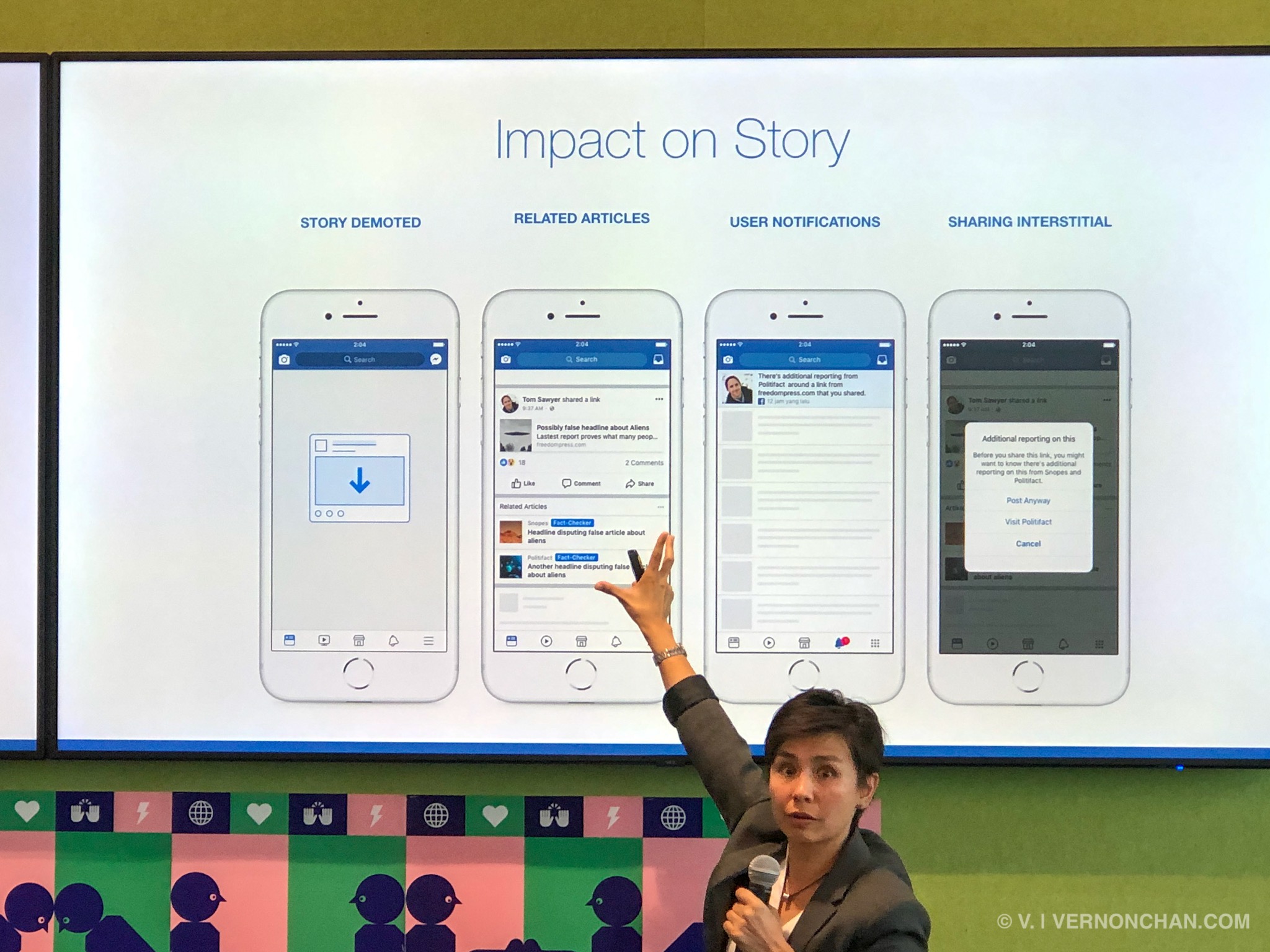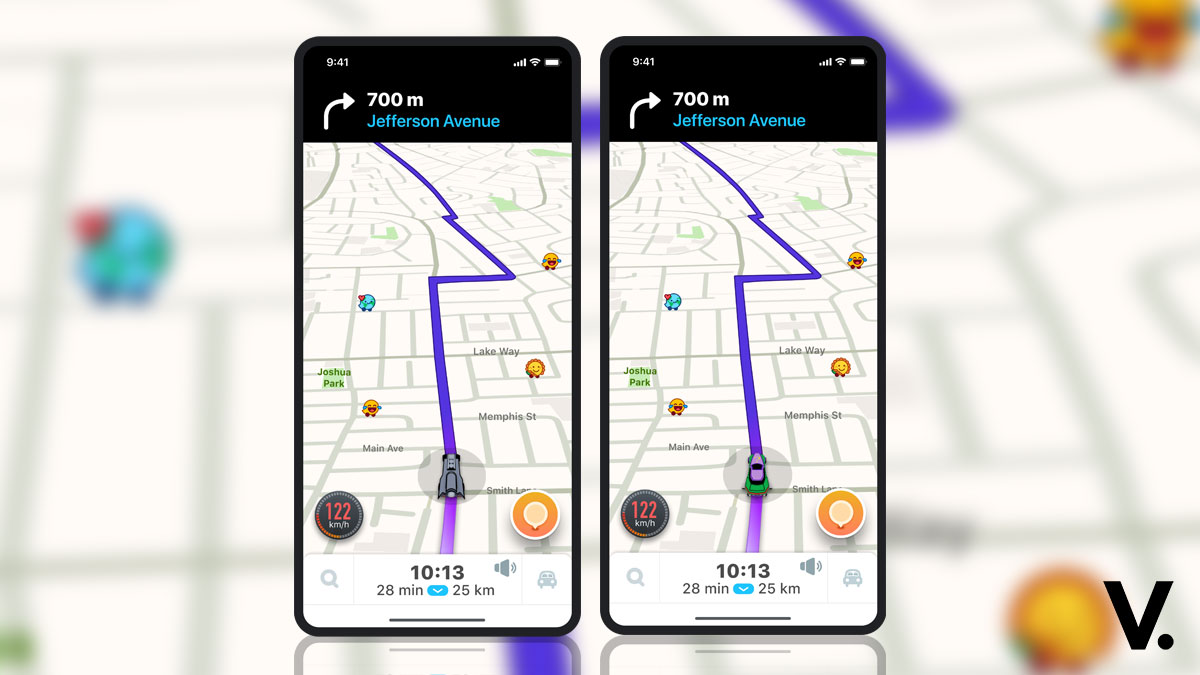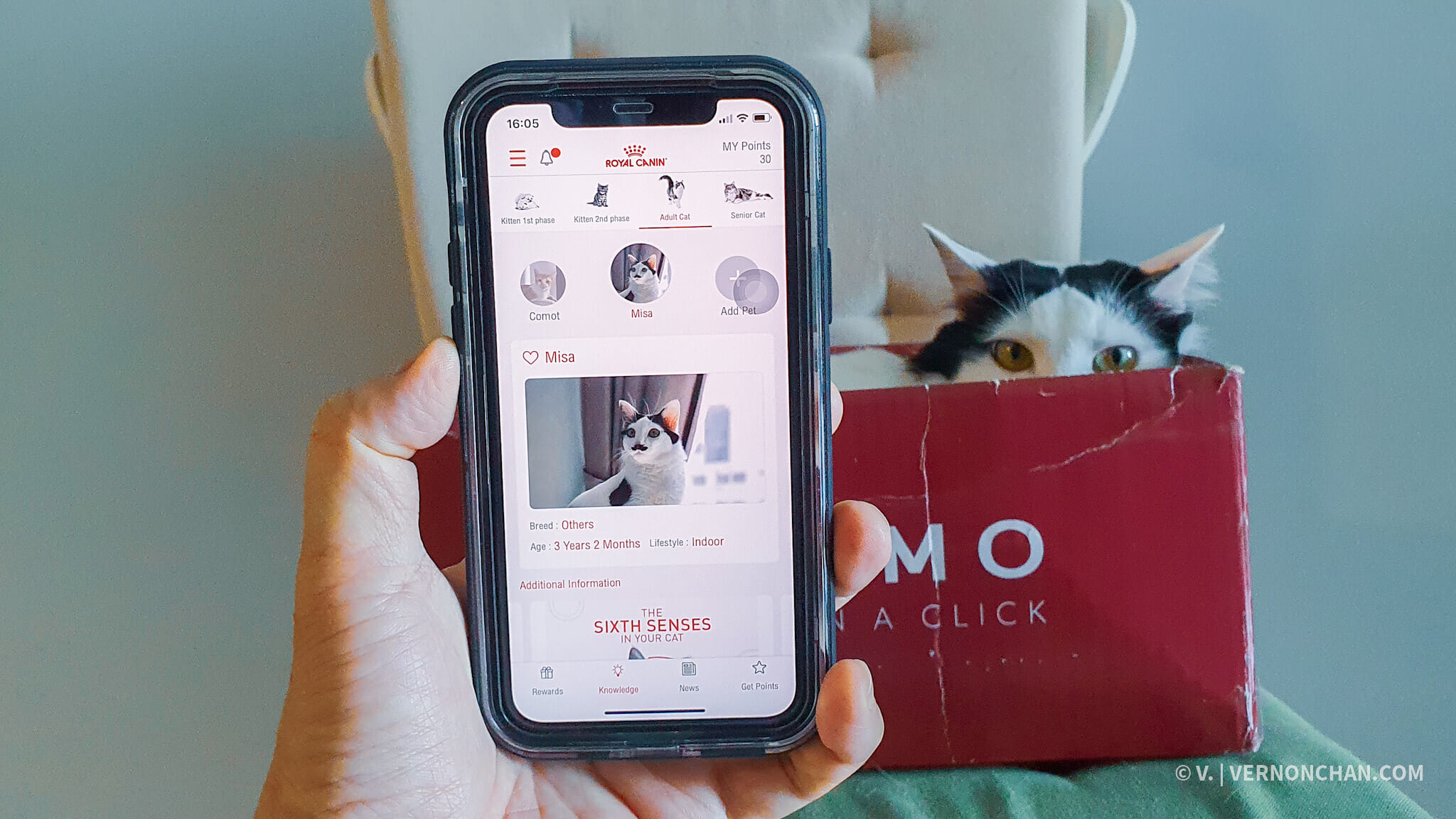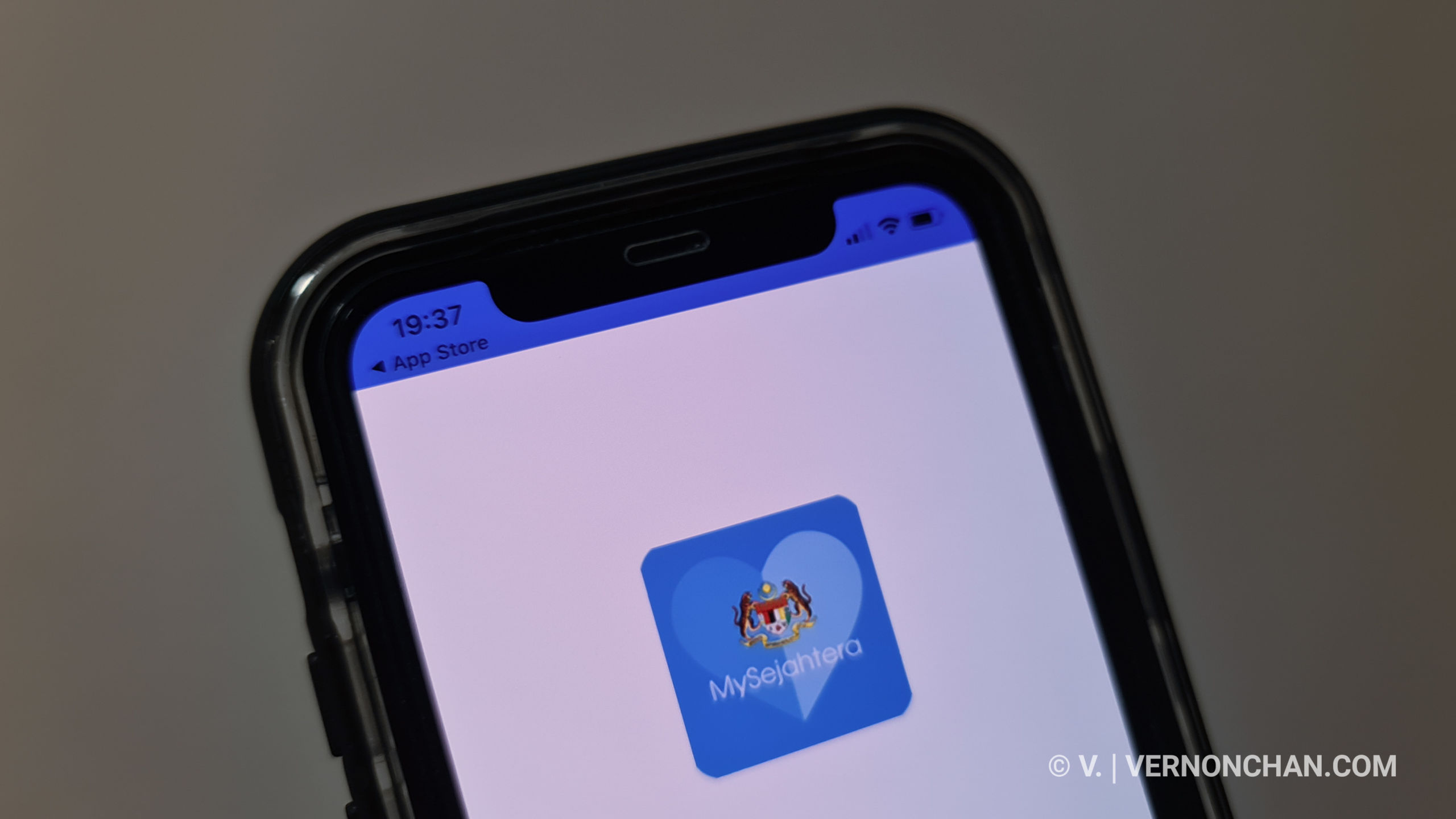Annoyed by fake news? Expect to see less of them on your feed. Today, Facebook launched its third-party fact-checking programme in Malaysia in partnership with Agency France-Presse (AFP), which has been certified by the Poynter Institute’s non-partisan International Face Checking Network (IFCN).
Starting today, AFP will review and rate the accuracy of stories on Facebook, including public photos and videos. AFP fact-checkers will fact-check content on Facebook in English and Malay, with more supported languages planned in the future.
Ever wondered what happens when a piece of news is determined to be false?
There are three buckets or a three-part framework to improve the quality and authenticity of stories in the News Feed, explained Alice Budisatrijo, strategic partner manager of Facebook Malaysia.
First is “Remove”—complete removal of content or accounts that violate its Community Standards or ad policies.
Budisatrijo made it clear that Facebook is not an arbitrator of truth, it is still a platform that encourages creative expression and freedom of speech. The bottom line is, it is empowering people to decide for themselves what to read, trust, and share.
And thus, not all fake news are removed. As most false news and inauthentic content (e.g. clickbait) are monetary-motivated, the second part is “Reduce”—where content is downranked or demoted for up to three months and appear lower in the News Feed, therefore reducing its distribution.
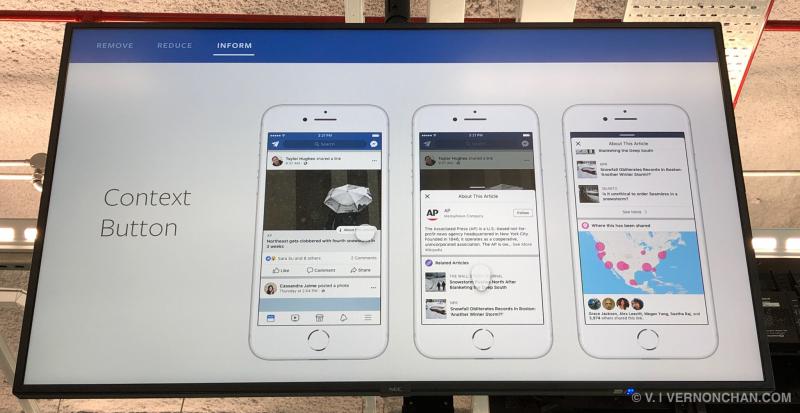
Facebook may also remove publisher ad and monetisation rights.
Also, when AFP writes articles about a piece of content, Facebook will show these in Related Articles immediately below the story in News Feed.
Thirdly, it’s “Inform.” Page Admins and people on the platform will receive notifications if they try to share a post or have shared one in the past that’s been determined to be false. Facebook aims to give you more context on the posts you see.
Facebook runs digital literacy programmes like “We Think Digital” in partnership with experts from around the Asia Pacific Region. This is to build a global community of responsible digital citizens, equipped with skills for the digital world.
Facebook also recently introduced the “Why am I seeing this post?” feature that gives you more control over what you see and read in your News Feed.
So, how is a piece of false news identified?
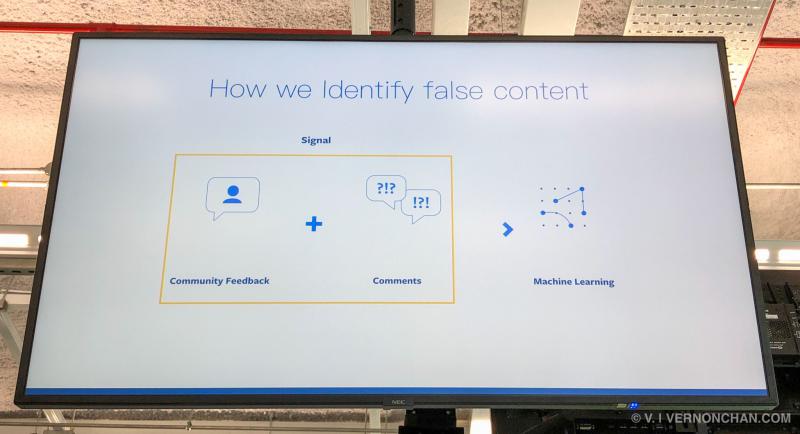
It takes a combination of community feedback, comments and machine learning. Only public posts in a form of hyperlinks, videos, images and native text-only posts can be fact-checked.
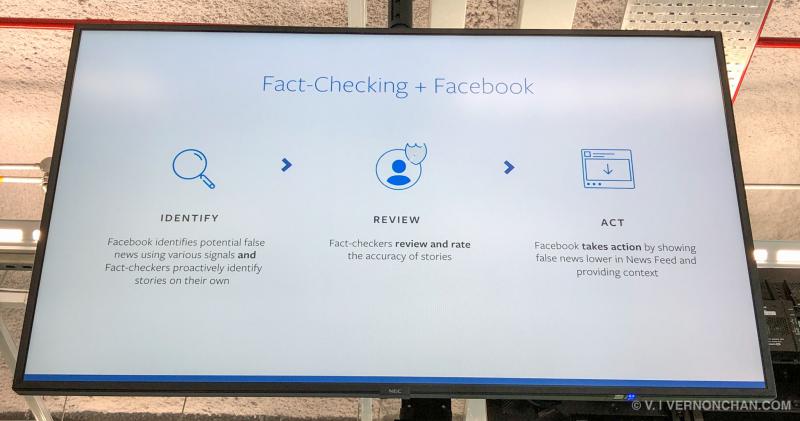
AFP now writes fact checks in eight languages, including English, French, Arabic, and Bahasa Malaysia, covering more than 20 countries worldwide. In the Asia Pacific region, AFP is currently fact-checking in Australia, India, Indonesia, the Philippines, Pakistan, Singapore, and Sri Lanka.
As a whole, Facebook’s fact-checking programme in partnership with 54 partners across the world, covers content in 43 languages.
It also relies on feedback from the Facebook community, as a signal to raise potentially inauthentic stories to fact-checkers for review.
Stumbled upon a piece of potentially false news? Notice a Facebook page or user consistently posting inauthentic, clickbaity content? Flag and report it.
Help make Facebook a safer place.


